lobule Learn more about lobule
-
Porcine surgical disease-porcine hoof leaf inflammation

[etiology] there were few clinical cases of porcine hoof lobulitis in the past, and the incidence rate has increased in recent years. There are many factors inducing hoof leaf inflammation. At present, due to the application of various additives, pig feed formula nutrients are comprehensive and sufficient, feed is thick and palatable, pigs are gluttonous and sleepy, exercise is less, plus the increase of captivity and cage breeding, fat and fat are thickened in a short period of time, and the weight increases rapidly. In this way, the large pig body increases the pressure on the narrow hoof box, coupled with insufficient exercise, poor blood circulation of the hoof, and obstruction of the hoof machine. When digestive disorders occur, the gastrointestinal feed is fermented into histamine-like toxins, which is rich in
2019-01-16 -
Introduction of water celery varieties

1. Wuxi water celery. Plant height 60-65cm, lobules free ovate, long 2.4cm, wide 1.5cm, green, leaves around silver teeth. Petiole green, long 13cm. The upper part of the stem is green and the lower part is white-green and stout. Less fiber, good quality, winter harvest output of 3000-4000kg/666.7 square meters. two。 Yangzhou Changbai Qin. It's a different-leaf parsley. The plant grows erect, the plant height is 65-757cm, the lobule is prismatic-ovate, the margin is sparsely obtuse-toothed. Stem diameter 0. 7-1cm, green-white. The weight per plant is 25.
2019-01-15 -
The difference between Artemisia annua and Artemisia annua
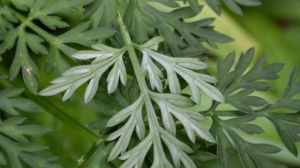
Leaf difference: the leaves of Artemisia annua are soft and wrinkled, and the lobules are linear or oblanceolate; the leaves of Artemisia annua are broadly oval or ovate, with downy surface and pinnately divided leaves. Flower differences: Artemisia annua flowers are head-shaped, ovoid or nearly spherical; Artemisia annua flowers are head-shaped flowers, nearly hemispherical or spherical.
2018-08-22 -
Leaflet teaches you to make your own flower fertilizer in 5 seconds and you can learn what to grow and you don't have to buy fertilizer anymore.
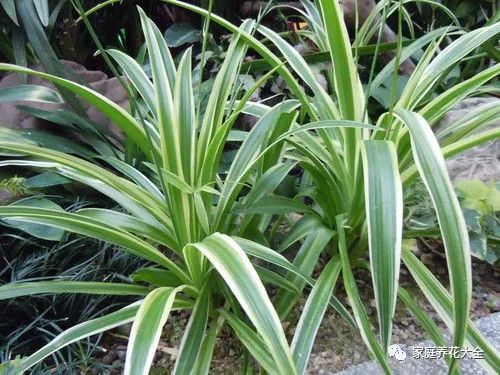
Family Flower cultivation teacher Xiaoye teaches you all kinds of flower cultivation knowledge! Recently, many flower friends consult lobule backstage, saying that they don't know how to fertilize flowers or what kind of fertilizer flowers are suitable for this season. Leaflet prepared things at home two days ago.
2018-10-13 -
The planting method of dancing grass
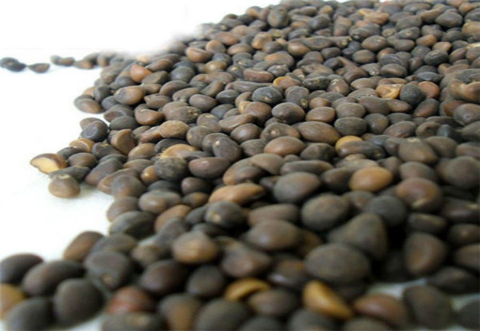
one。 Seed treatment: the seeds of dancing grass can not be sown immediately, you need to remove the wax outside the seed coat first, you can use dry fine sand to do this step. After removing the wax, soak the seeds in warm water of about 38 degrees Celsius for more than a day, then remove them and wrap them in a dry cloth and leave them in a cool place to dry.
2018-11-26 -
The difference between Artemisia annua and Artemisia annua
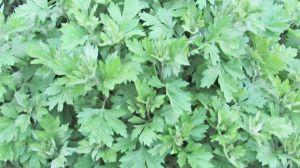
Leaf difference: the leaves of Artemisia annua are soft and wrinkled, with pinnately divided, lobes linear, ovate or oblanceolate, entire; Artemisia annua leaves alternate, turquoise or light green on both sides. Flower difference: Artemisia head, ovoid or subglobose; Artemisia annua has a head, hemispherical or subhemispherical.
2018-08-22 -
When is the latest season for transplantation of Cunninghamia lanceolata

The transplant of Phyllanthus angustifolia is best carried out in spring and autumn every year, because these two seasons are warmer. The weak acid soil with loose air permeability and good drainage should be prepared before transplanting, and then carefully take it out of the old basin soil and deal with it.
2020-11-10 Latest lobule red nan what season transplantation -
Prevention and treatment of liver disease of farmed grass carp

The main function of the liver the liver of grass carp is located in the abdominal cavity, is the largest digestive gland, roughly divided into the left and right lobes, the right lobe is larger, extends to the first bend of the intestine, and occupies all the space of the first bend. The liver is mainly composed of hepatic lobules, and in the liver group.
2020-11-08 Culture grass carp liver disease prevention and treatment one main -
How to raise the small leaf tiger thorn

Artemisia angustifolia is a kind of spiny shrub, exquisite, red and green fruit, beautiful tree, is a good potted plant. Then how to raise it? How to raise the small leaf tiger thorn? 1. Choose a cool, ventilated place where you can see the light sooner or later, no
2020-11-09 Lobule tiger thorn how raise lobule yes a kind of thorn -
Application of Interferon in the treatment of Infectious Canine Hepatitis

Infectious canine hepatitis is an acute septic infectious disease caused by adenovirus. It was characterized by necrosis in the center of hepatic lobule, intranuclear inclusion bodies in hepatic parenchyma cells and cortical cells, and prolonged bleeding time. Infectious canine hepatitis does serious harm to dogs and causes great economic losses to the dog industry. The virus has strong resistance and can survive in the soil for a long time under the condition of low temperature. it still has pathogenicity after 10 to 14 days, and can survive in the dog nest for a long time. Sick dogs and recovered dogs with virus are the source of infection of the disease, and their blood secretions and excretions
2019-01-16 -
Prevention and control of leaflet disease of growing apple

Apple leaflet disease often occurs in orchards with poor soil and good water permeability. Due to low zinc content and loss of soluble zinc salt, the disease is serious; irrigation and rainfall times are high, soluble zinc loss is large; excessive use of nitrogen fertilizer leads to an increase in zinc requirement of trees; PH value of saline-alkali soil
2020-11-08 Species apple lobule disease control multiple -
Physiological characteristics of guinea pigs

Physiological characteristics of guinea pigs
2018-07-04 -
Culture methods of Dryopteris
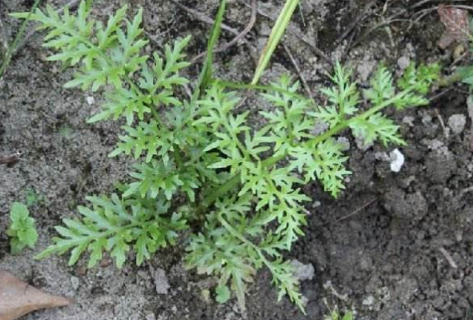
1. Water ferns like to grow in a shady and wet environment and are not resistant to high temperature. Water ferns are suitable for growing in puddles, in paddy fields, ponds, or on commonly moist soil. two。 Soil water fern is suitable for growing in neutral or slightly acidic soil, preferably sandy soil rich in organic matter.
2018-11-24 -
What if the leaves of cycad, a beautiful ornamental tree, turn yellow? What varieties do you have? What are the value functions?
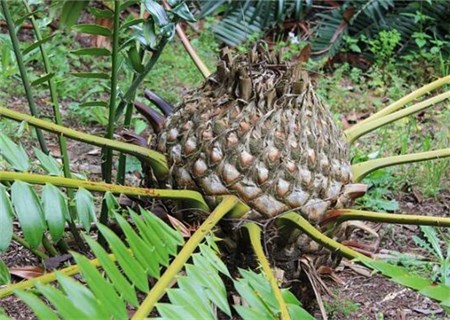
Cycad is a beautiful ornamental tree species, cultivation is very common, cycad is a light-loving plant, improper maintenance can easily lead to cycad leaves yellowing. So do you know what to do if the cycad leaves turn yellow? What varieties do you have? What are the value functions? What if the cycad leaves turn yellow? 1. Lack of light during the period when cycads grow new leaves.
2019-03-16 -
What are the differences between plantains and bananas?

What are the differences between plantains and bananas?
2019-03-06 -
How to cultivate nasturtiums? The breeding method of nasturtium! Nasturtium is so nurtured that it blooms continuously throughout the year and its colors are gorgeous!

Any of several perennial semi-trailing or decumbent plants of the genus nasturtiums in the family nasturtiaceae. Plant height 30cm-70cm. Basal leaves long stipitate, leaf blade pentagonal, trisect, bipartite, with a few lobules and acute teeth. Beautiful plants that bloom all year round!
2020-11-09 how to cultivate method cultivate drought -
[banana tree] A complete introduction to banana trees
![[banana tree] A complete introduction to banana trees](https://www.mysheen.com/pic/20190306/0157bcae5c44a33844be1d55cc95f320.jpg)
[banana tree] A complete introduction to banana trees
2019-03-06 -
High-yield cultivation techniques of motherwort

High-yield cultivation techniques of motherwort
2018-06-29 -
How to cultivate Trollius paniculata? The breeding method of dry golden lotus! The dry golden lotus is raised in this way, it blossoms continuously all the year round, and the flowers are colorful!
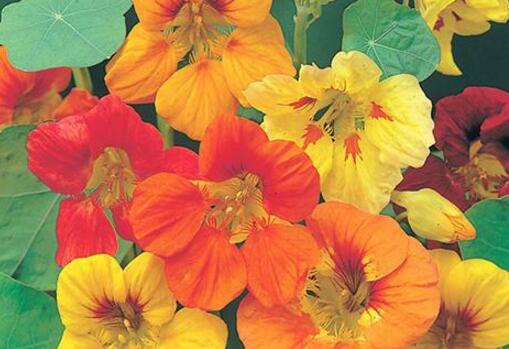
A plant of the genus Nelumbo nucifera of the family Nelumbo nucifera, a perennial semi-trailing or recumbent plant. Plant height 30cm-70cm. Basal leaves long stipitate, leaf blade pentagonal, tripartite, bifid, with a few lobules and acute teeth. It is a beautiful plant that can blossom all year round.
2019-04-06 -
The latest Culture method of Gardenia jasminoides

Lobular Gardenia jasminoides, also known as Gardenia jasminoides, Gardenia jasminoides, etc., belongs to the evergreen shrub of Rubiaceae. It is cultivated in most parts of our country and has high ornamental value. It can be planted in clusters or arranged on the edge of the forest, in front of the court, in the corner of the courtyard, by the side of the road, and can also be used as a balcony.
2020-11-10 Latest lobule gardenia flower culture method
